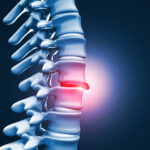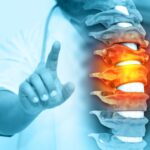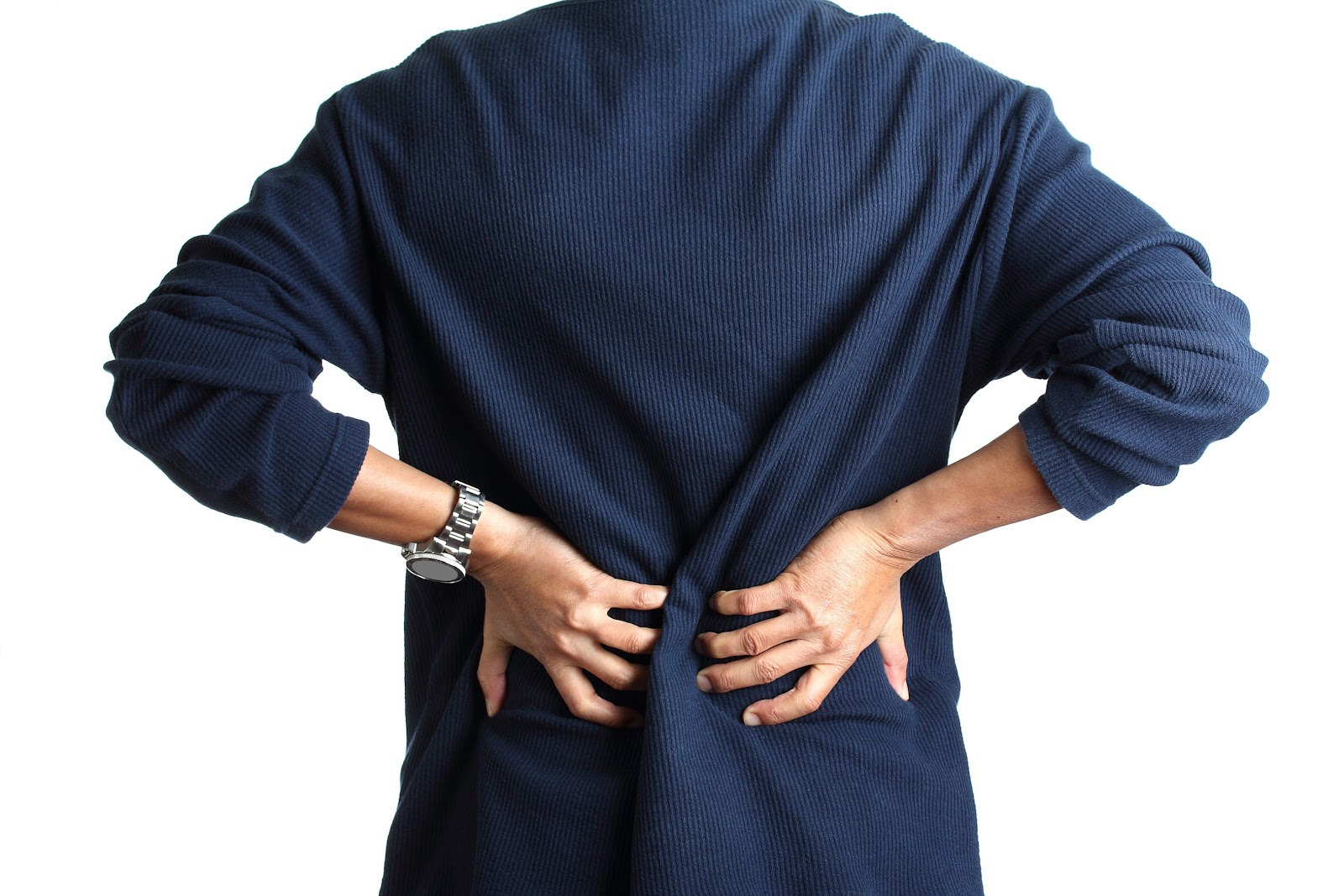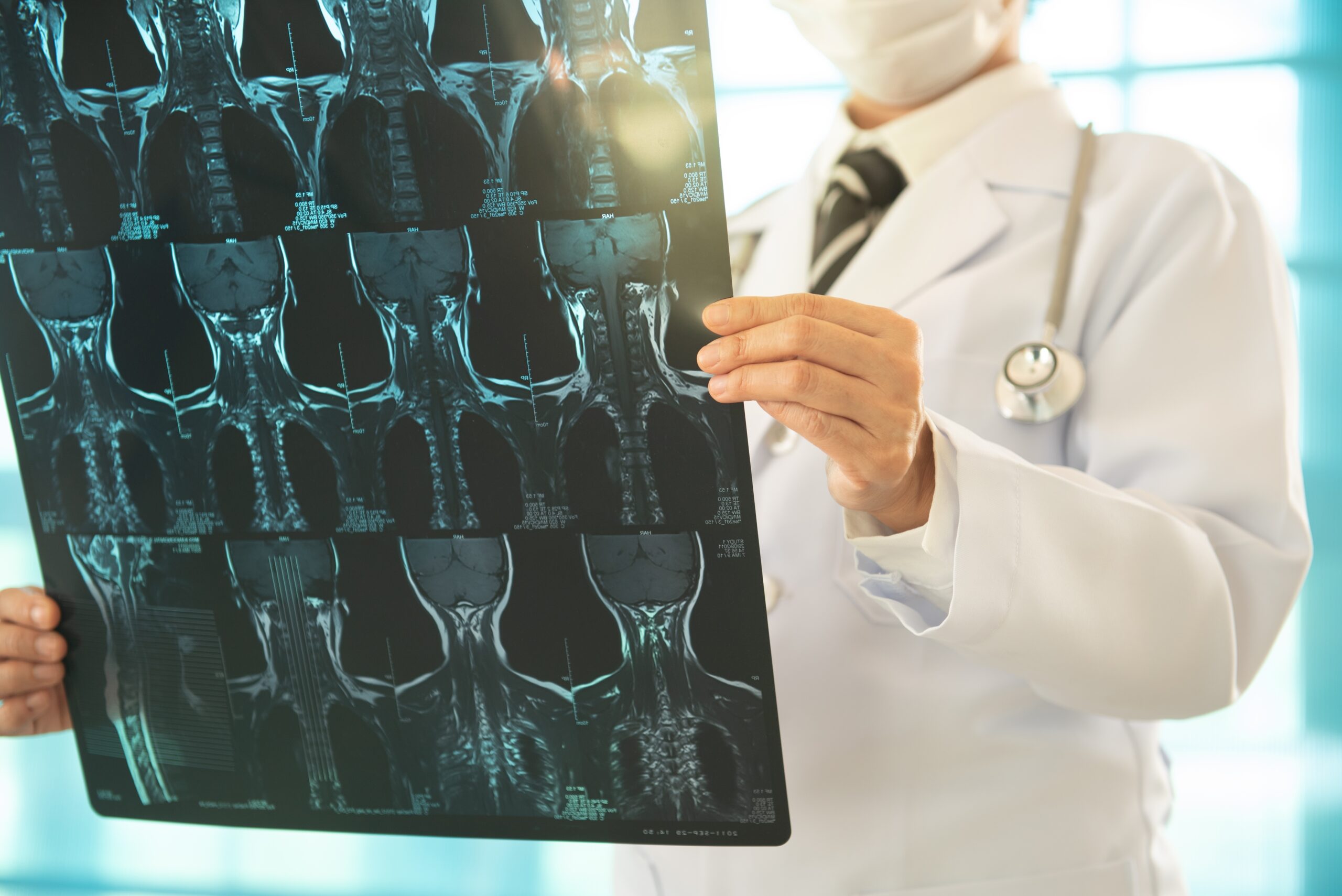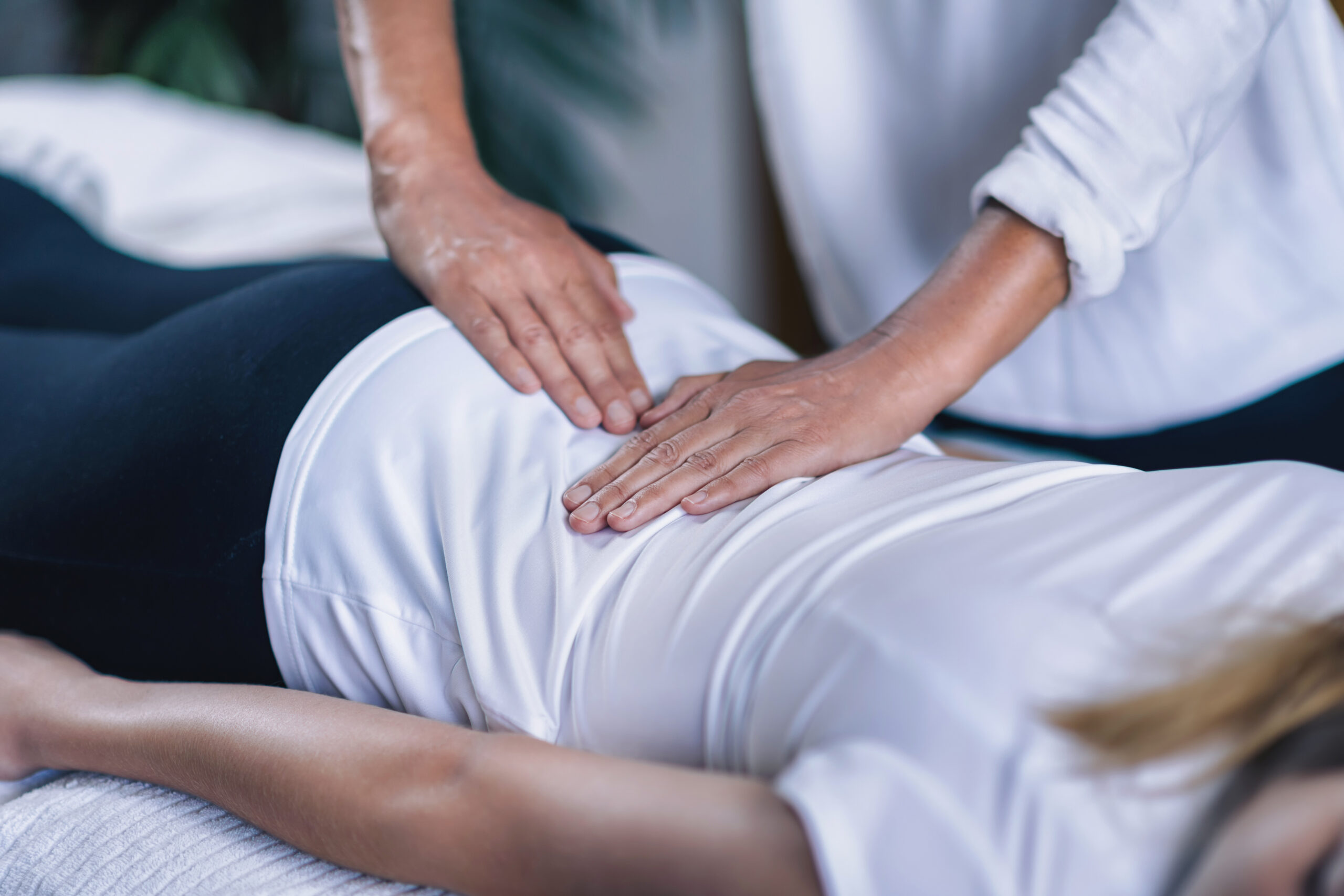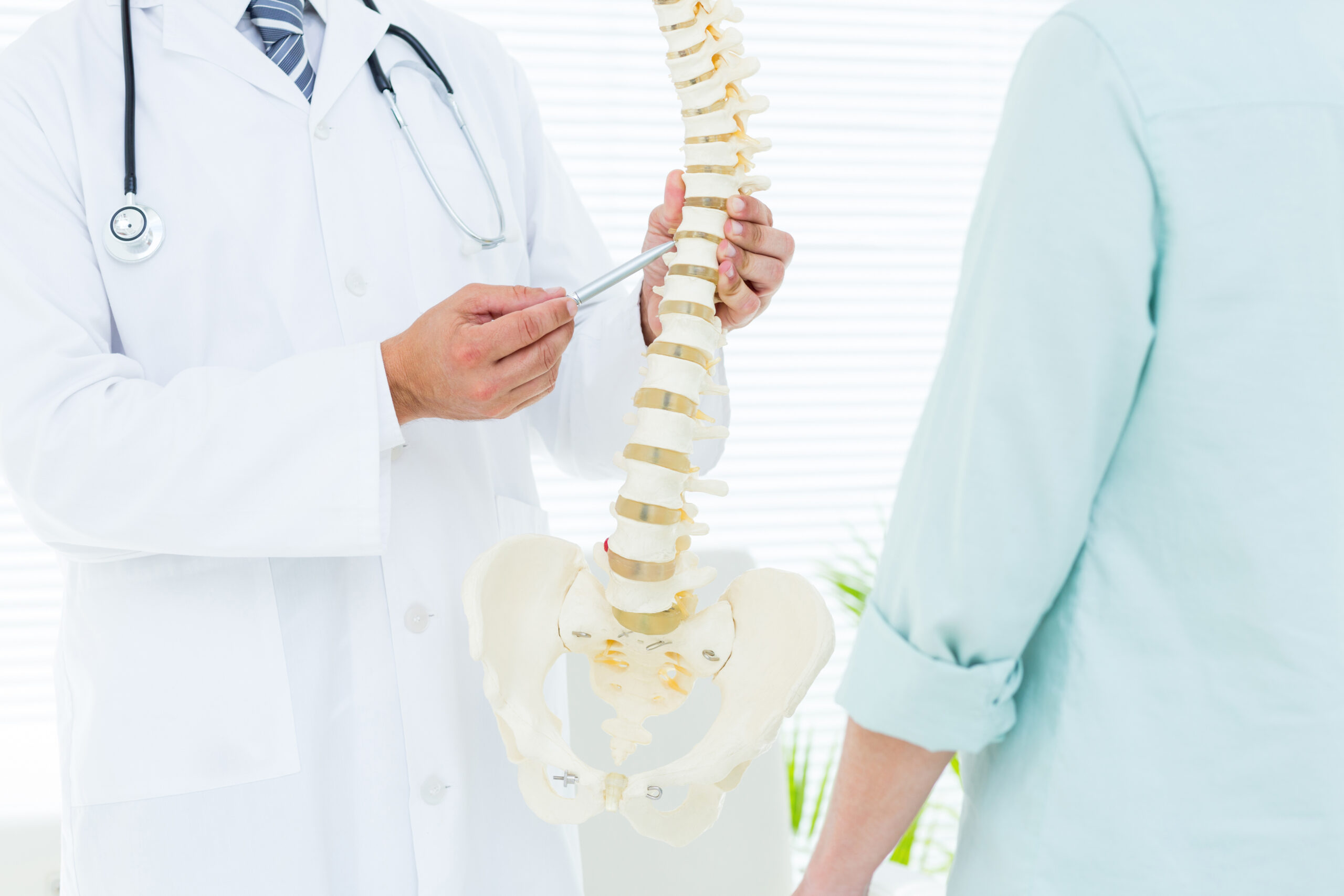
Back Pain Relief Options
Back Pain Relief Options: Finding Comfort in Mobility
Back pain relief options exist. You just have to look for them.
Back pain is a prevalent ailment that affects millions worldwide. It often disrupts daily life and diminishes overall well-being. Understanding its causes and available treatment options is paramount for those seeking relief from this discomfort.
Back pain has always been a pervasive issue. According to a study done by the National Library of Medicine, “Low back pain is the second most common cause of disability in US adults and a common reason for lost work days.” And these results don’t just apply to today. They go back to 1992, with an estimated 80% of individuals experiencing back pain at some point in their lives.
With how common back pain is, it necessitates proactive management strategies. These are the five we’ve seen the best results with:
- Physical therapy.
- Lifestyle changes.
- Alternative therapies.
- Surgical interventions.
- Preventative strategies.
Of course, we’ll get into each of these more. But first, we need to understand what causes back pain in the first place.
Why We Need Back Pain Relief Options
Identifying the root causes of back pain is crucial for effective treatment. Factors such as poor posture, muscle strain, and spinal abnormalities can contribute to its onset. If you’re wondering whether any of these apply to you, let’s break them down further.
Poor posture refers to the position in which you hold your body when standing, sitting, or lying down. If you slouch, hunch over, or maintain improper alignment, you can increase the stress on your muscles, ligaments, and joints. Muscle strain occurs when you overwork or overstretch your muscles, or subject them to sudden or repetitive movements.
And last, spinal abnormalities encompass a range of structural issues that can affect your spine. Some of these include misalignments, herniated discs, and degenerative conditions like scoliosis or osteoarthritis. These abnormalities can disrupt the natural curvature and stability of your spine. In turn, this leads to nerve compression, inflammation, and pain.
Poor posture, muscle strain, and spinal abnormalities might lead you to look for back pain relief options because of:
- Muscle Imbalance: Poor posture and muscle strain can lead to imbalances in muscle strength and flexibility. As such, this causes certain muscles to become overworked while others weaken, placing uneven stress on your spine and surrounding tissues.
- Compression of Spinal Structures: Spinal abnormalities such as herniated discs or spinal stenosis can compress nearby nerves or spinal cord tissue. This often results in localized or radiating pain, numbness, or tingling sensations.
- Increased Pressure on Intervertebral Discs: Poor posture and muscle strain can also increase pressure on your intervertebral discs. Added pressure can lead to disc degeneration, bulging, or herniation, causing pain and further complications.
Types of Back Pain
Back pain manifests in various forms, including acute and chronic. Acute pain typically resolves within a few days to weeks, while chronic pain persists for longer durations, often requiring comprehensive management.
Just like identifying the root cause of your back pain is important, so is understanding whether it’s acute or chronic.
Reasons for Acute Back Pain Relief Options
Acute back pain typically occurs suddenly and is often linked to a specific incident or activity. In most cases, it resolves itself within a relatively short period, ranging from a few days to a few weeks. Acute pain may be sharp or stabbing and can vary in intensity. Working with some of our examples above, common causes of acute back pain include:
Muscle Strain: Experiencing sudden pain while lifting heavy objects, twisting your spine, or engaging in strenuous activities like sports without proper warm-up.
Example: You strain your lower back while attempting to lift a heavy box improperly. In turn, this results in a sudden onset of pain in your lower back.
Poor Posture: Prolonged sitting or standing in improper positions, such as slouching or hunching over a desk for extended periods.
Example: You develop acute back pain after spending several hours working on your computer without taking breaks or maintaining proper ergonomic posture.
Reasons for Chronic Back Pain Relief Options
Chronic back pain persists for much longer durations. As such, it typically lasts for three months or more and may fluctuate in intensity over time. It can significantly impact daily activities and often requires comprehensive management strategies for relief. Also working with some of our examples above, causes of chronic back pain include:
Degenerative Conditions: Conditions such as osteoarthritis, degenerative disc disease, or spinal stenosis, which gradually worsen over time can cause persistent pain and stiffness.
Example: You experience chronic back pain due to degenerative disc disease. It has gradually deteriorated the discs in your spine, resulting in discomfort and reduced mobility.
Repetitive Strain: Continuous stress on your back from activities like heavy lifting, repetitive motions, or poor posture over an extended period.
Example: You developed chronic back pain after years of working in a job that required repetitive bending and lifting. This leads to strain on your muscles and ligaments.
What can You do About It?
A lot, actually.
Back pain affects millions globally, impacting daily life and mobility. Thankfully, there are things everyone can do. Physical therapy, lifestyle changes, alternative therapies, surgical interventions, and preventive measures are available to you.
- Lifestyle Changes: Incorporating ergonomic practices and regular exercise into your daily routine can alleviate back pain by strengthening muscles and improving posture.
- Physical Therapy: Targeted exercises prescribed by physical therapists can effectively relieve back pain by enhancing flexibility, strength, and mobility.
- Alternative Therapies: Chiropractic adjustments, acupuncture, and massage therapy are alternative treatments that some find beneficial for managing back pain.
- Surgical Interventions: In severe cases where conservative treatments fail, surgical interventions such as discectomy or spinal fusion may be necessary.
- Prevention Strategies: Maintaining a healthy weight and practicing proper lifting techniques can reduce the risk of future back pain episodes.
We understand that one of these is not like the others. Surgical intervention is a big deal. Sometimes, it’s one of your best back pain relief options.
Maxim Health can Help
When back pain becomes a persistent and debilitating issue, exploring surgical interventions may become necessary. While physical therapy, lifestyle changes, alternative therapies, and preventive measures offer valuable relief options, they may not always provide sufficient relief for severe cases. Surgical interventions, such as microdiscectomy or spinal fusion, are often the best course of action when conservative treatments fail to alleviate your symptoms.
By working with trusted healthcare providers like Maxim Health, you can access comprehensive evaluations and personalized treatment plans to determine the most appropriate surgical approach for your condition. We aim to improve your quality of life by addressing the root cause of your back pain and restoring your mobility.

